Teaching Reading and Spelling to Multiple Kids
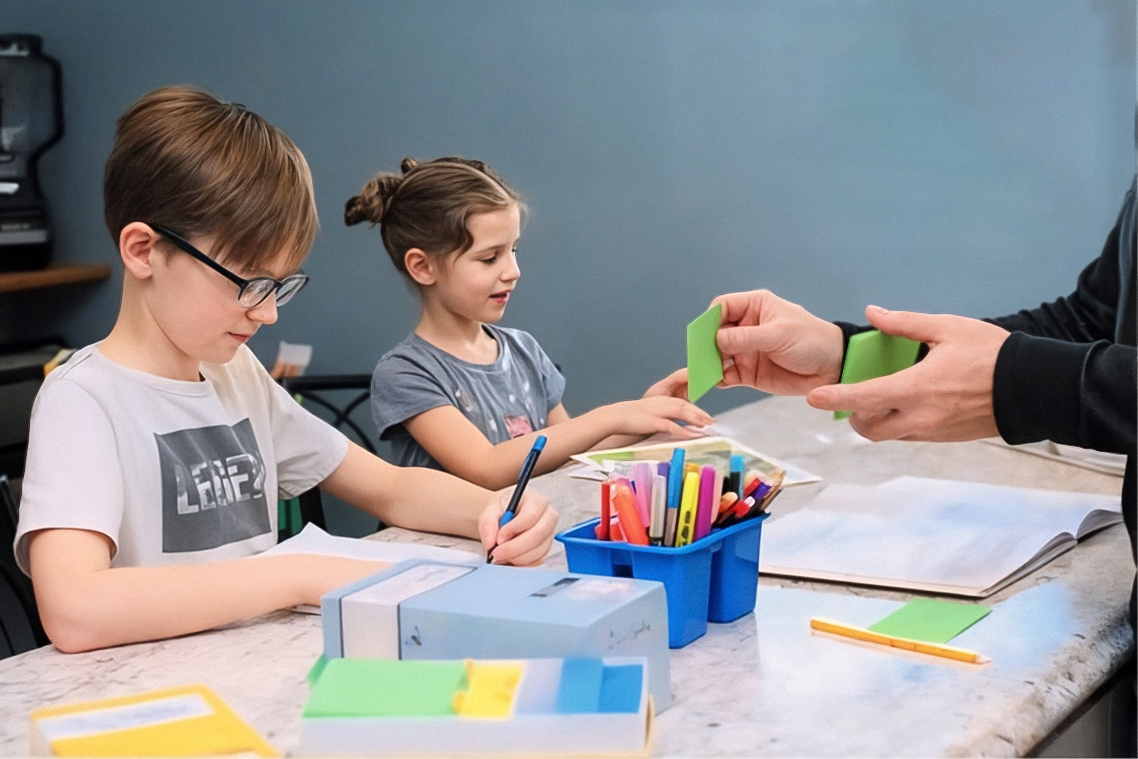
“I have four children…and two of them are in the same level! Will your program work for me?”
Many people assume it’s hard to juggle All About Reading and All About Spelling with multiple children, but not only is it possible, it’s also extremely rewarding! This post is packed with ideas for effectively and efficiently teaching reading and spelling to multiple children.
7 Tips for Teaching Reading and Spelling to Multiple Kids
Take full advantage of open-and-go features.
All About Reading and All About Spelling were designed for busy parents and teachers, so all the planning has been done for you. When you’re teaching multiple kids, this is so freeing!
Before each lesson, take a minute or two to preview the lesson and gather the necessary activity pages, flashcards, and new letter tiles. Then simply follow the script to teach like a pro!
Set aside time for back-to-back lesson times.
When you’re teaching multiple kids, teaching your children back-to-back can be a valuable time saver. As much as possible, keep transition time between children to a minimum. Here’s a plan that homeschool mom Robin uses:
Stack your children’s reading and spelling materials on your table and have each child come to you when it’s their turn. Try to give each child a five-minute warning to help ensure they’ll be ready when you are.
Spend 15-20 minutes per day on each child’s reading and spelling lessons. If you can’t finish a whole “lesson” in the allotted time, that’s fine! Just pick up where you left off the next day.
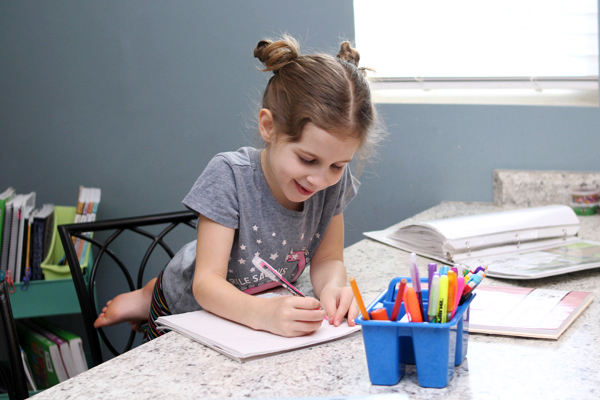
Alternate days for reading and spelling lessons.
Homeschool mom Elaine teaches five children. Sounds overwhelming, right? Elaine makes it work by teaching reading and spelling lessons on different days of the week. This might not work for every family, but it makes teaching five kids doable for this busy mom.
Here’s Elaine’s plan:
First, we do spelling only on Fridays. Each lesson takes about 20 minutes max. I do verbally quiz them through the week, sometimes even at the dinner table, to see what rules they can remember or how to spell a particular word. Also, to save me some time, Liam and Jack do spelling lessons together.
Reading is done twice a week. Again, these lessons are only about 20 minutes, including the fun activities that go with each one.
So, between spelling and reading for five children, I spend about two and a half hours per week teaching. While that may seem like a short time for teaching reading and spelling, this program is really effective. It takes us a bit longer to get through each level, but with five kids, this is the schedule that works best for us!
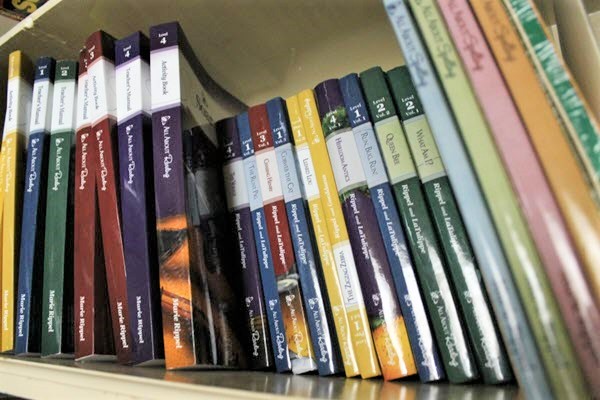
Reduce interruptions and distractions.
In most cases, teaching AAR and AAS requires one-on-one instruction time with limited interruptions. That means it’s imperative that you keep your other children busy while you teach your lessons. Here are some productive ways to keep kids occupied:
Have an older sibling do some buddy reading with a younger child. In addition to keeping kids busy while you teach, buddy reading also
- provides extra reading practice.
- helps the weaker reader because the stronger reader will correct and help them.
- helps the stronger reader by allowing them to be the teacher.
Independent reading also provides multiple benefits!
- It encourages enjoyment of reading.
- It provides practice in reading silently.
- It increases concentration skills while others are making noise.
Although older children can work independently on subjects like handwriting and math, you may need to get a bit creative to keep younger children busy. Some ideas include “schoolwork” like reading picture books, doing puzzles, coloring, or using educational learning apps, and other activities like chores, quiet playtime, or assigning an older child to read to them.
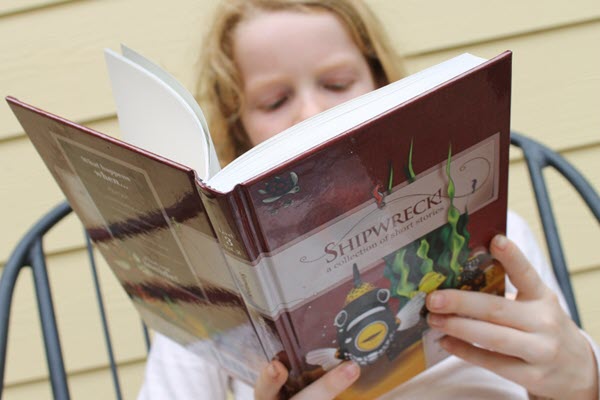
Employ older siblings as teaching assistants.
If you have an older child who works well with your younger children, don’t be afraid to enlist their help as a “teacher’s helper.” This can be especially beneficial if the older sibling is in need of extra review! When we teach something, we learn it more thoroughly, so with this scenario, everyone benefits!
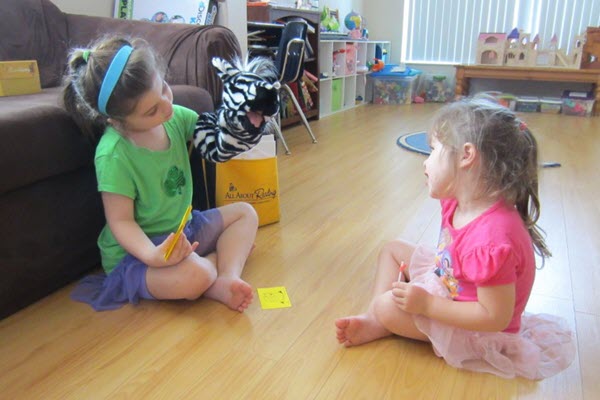
Keep reading and spelling materials well organized.
When you’re teaching multiple kids, keeping everything well organized will save you time and will help ensure that your lessons run smoothly. Here are a few tips:
Teacher’s manuals, student workbooks, and readers:
Take five minutes to plan where your materials will be stored for quick, easy access. And be sure to keep a good supply of bookmarks, sticky tabs, or paperclips handy so you can keep track of where your children are in their lessons.
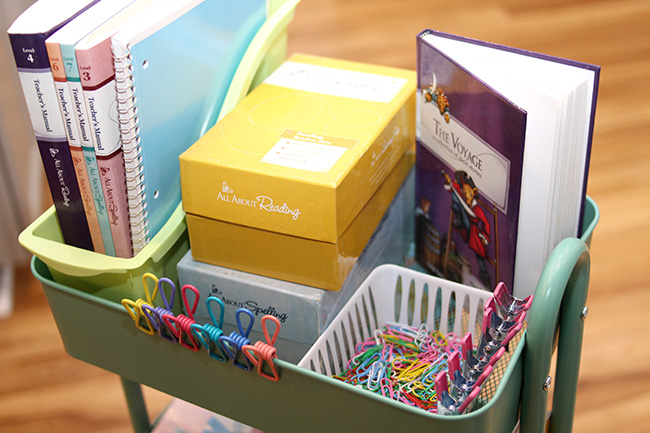
Flashcards:
AAR and AAS come with phonogram cards and word cards that help ensure that concepts and skills stick in your kids’ brains! Our review boxes provide the perfect way to keep all your children’s flashcards organized. And when you’re teaching multiple kids, that’s really important!
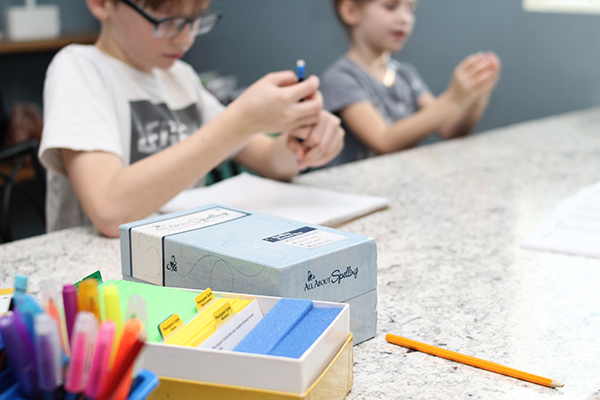
Letter Tiles:
Color-coded letter tiles (available as either physical letter tiles or the Letter Tiles app) are a staple of the All About Reading and All About Spelling programs. If you opt for physical letter tiles, we recommend using a 2’ x 3’ magnetic white board to store the tiles that you are currently using. Some families keep their entire set of letter tiles on one big white board for all their children to use. Other families have a smaller board for each child. Some use metal baking sheets or large oil pans.
If you prefer an option that doesn’t require organization, the Letter Tiles App might be the perfect solution for your family! The bottom line is to do whatever works best for you!
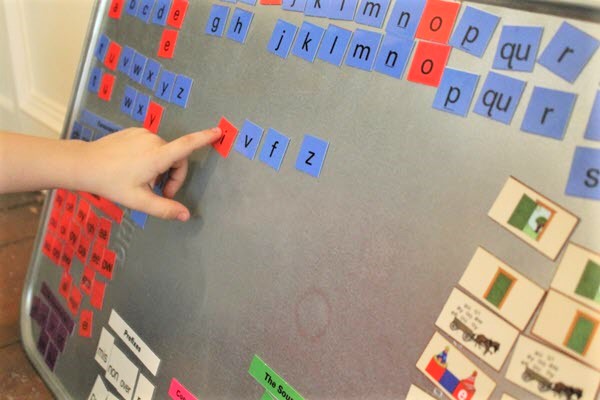
Progress charts:
These handy charts are great for keeping track of your children’s progress, and they also provide an at-a-glance reminder of which lesson each child is on every day. So simple and yet so effective!
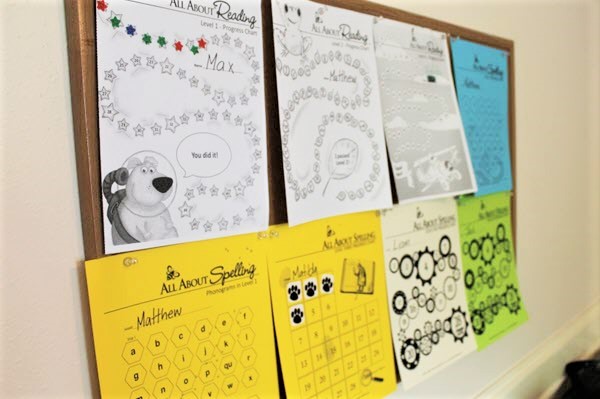
When possible, teach multiple kids together.
All About Reading and All About Spelling are based on ability rather than grade level, so if you have children that are very close in ability you can combine them and teach them together. In fact, this can be a very effective (and economical) way to use the programs. But before you decide whether to teach two or more children together in one level, consider these important questions.
Are my children at significantly different instructional levels? If your children are not at the same starting point, be careful that you don’t hold one child back in order to meet the needs of the child who is not as advanced, or attempt to push a child beyond his capabilities for the sake of keeping your kids together.
Are my children able to maintain a similar instructional pace? Although your children may start at the same place, you may discover that one is able to advance through the material at a faster pace. If one child starts to move more quickly than the other, you’ll want to consider splitting them up so each child can move at his or her own pace.
Will my children’s learning differences disrupt lesson time? Is one of your children a wiggler while the other enjoys learning in peace and quiet? Does one child love spending extra time with hands-on activities, but the other just wants to “get it done”? Though your children may be at the same level, if the way they learn isn’t compatible, it may be difficult to meet the needs of both children at the same time.

If you’ve answered these questions and have determined that your children would have difficulty learning together, we recommend that you teach reading and spelling separately to ensure the highest levels of success for each child. However, if you believe your children can be taught together in the same level, we have a few helpful tips for you.
Listen to each child read aloud during every reading lesson. It is critically important that you hear each child read aloud during every lesson, either from one of the readers or a fluency sheet. Listening to your child read can alert you to the need for corrections or adjustments in your instruction.
Make sure each child is getting the practice he needs. Be careful not to tailor combined lesson review times to the specific needs of one child. This may result in giving your other child too much—or too little—practice.
Provide the perfect amount of practice for each child by customizing the fluency practice sheets. A child who needs extra practice can be assigned more fluency practice, while a child who is not struggling can get by with less practice. Fluency sheets can provide plenty of leeway for children with different needs.
Be sensitive to the needs of older students. If your older child needs remedial help, it may be embarrassing for him to share lessons with his younger siblings. In that case, it is much better to teach him separately.
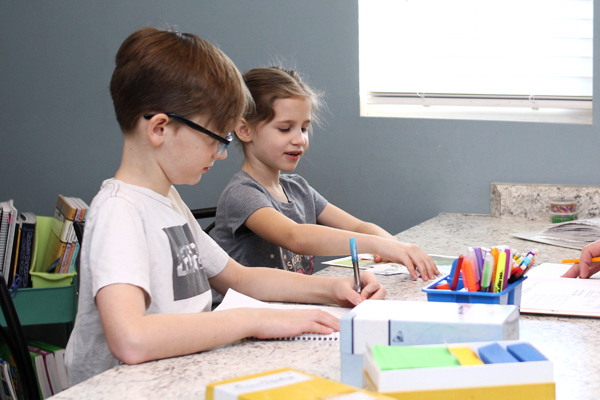
A note about sharing student materials:
If you decide to teach your children together, we recommend that you purchase a separate Student Packet for each student.
Review is a critical part of the All About Reading and All About Spelling programs. The cards in the Student Packet (Word Cards, Phonogram Cards, etc.) provide a method for consistent review and for easy assessment of student progress. Sharing one set of Word Cards with multiple children may make it difficult to closely track each child’s progress. Likewise, trying to use only one review box and set of dividers can make it hard to effectively organize individual review and progress for multiple children.
Although buying one Student Packet can save you money, what you save in dollars you may lose in efficiency and effectiveness. Only you can decide whether you should teach your children together. We hope this information will help you discover what is best for your family and your budget.
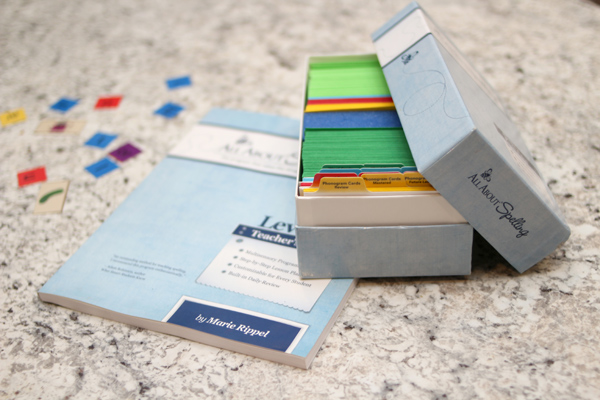
The Bottom Line for Teaching AAR and AAS to Multiple Kids
- All About Reading and All About Spelling are scripted programs that require very little daily prep for the teacher.
- A well-organized area for teaching reading and spelling will help your homeschool days run more efficiently.
- Children of similar abilities can easily be combined and taught together.
- Teaching multiple children will not look the same for every family. It’s important that you create a system that works for your family!
Have you taught AAR and AAS to multiple children? We would love to hear about it in the comments below.
___________________________________
Photo credits: Elaine J. and Kristen H.




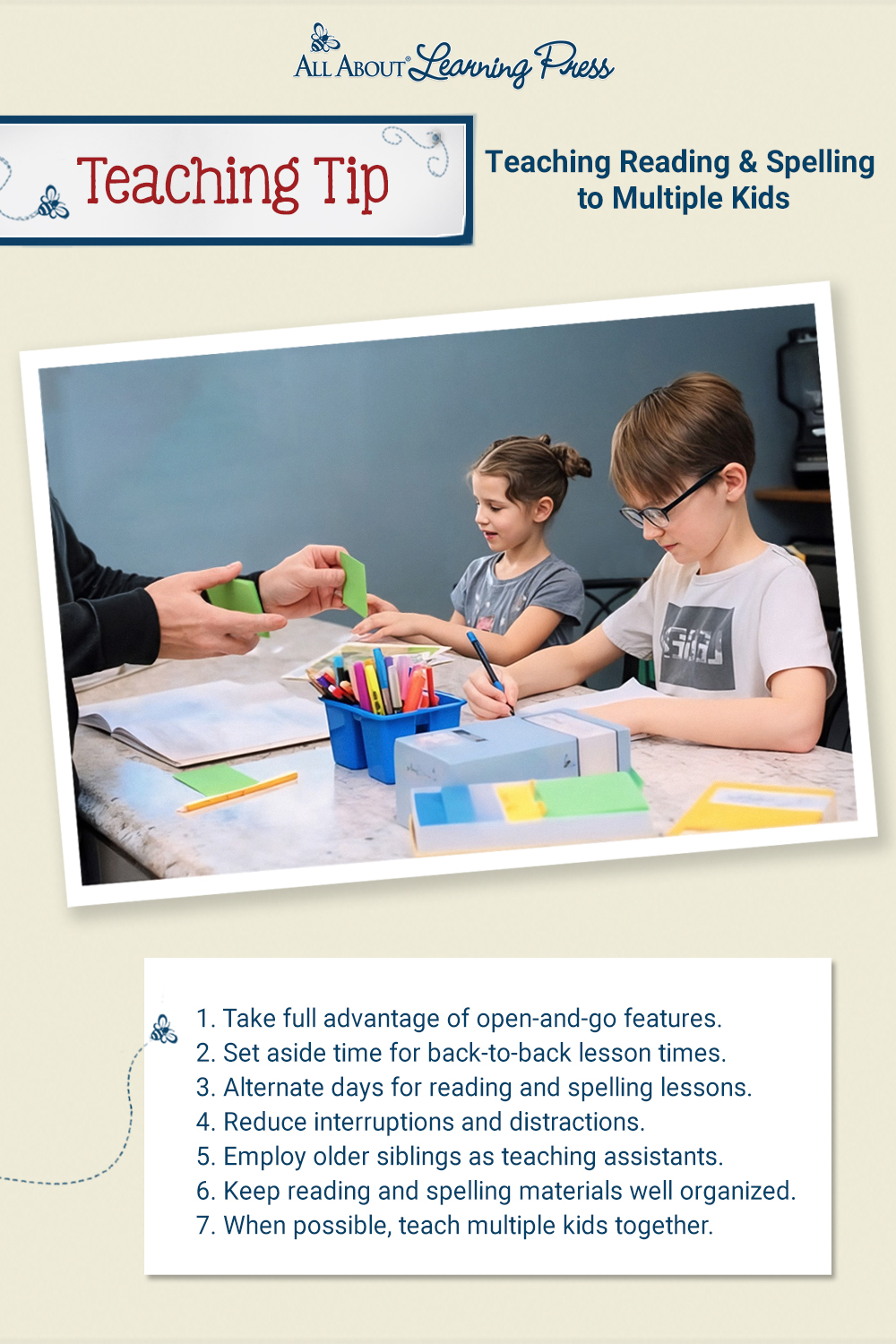












Paula Cook
says:I love your tips for teaching spelling to multiple kids at the same time. My daughter in law and I are just starting in this journey together. Three kids ages 10, 4 and 3
Robin
says: Customer ServiceYou’re welcome, Paula! I’m glad this is helpful.
Ellen Garnett
says:I’m currently using AAR Level 1 with 2 children. I tried to do the lessons together in the beginning, but it quickly became a competition for my attention. They work best in a one on one setting. My daughter has significant speech delays. I tried to keep them on the same lesson, but my son has really started taking off with his ability to read. I also tried to use one set of word cards.
They now each have their own set of cards, which is working so much better. Easy to tell when we need to slow down and just work on word cards.
My daughter’s speech therapist has started using her word cards and fluency sheets during therapy. When I notice her speech is affecting her ability to sound out words, the therapist can help us work through it.
I am so thankful we are using this program, I can see the progress they are making.
Robin
says: Customer ServiceEllen,
Thank you for sharing your experience with All About Reading and your two children! I’m sure this will be helpful to others.
Michelle
says:When using both AAR & AAS are any materials used for both programs?
Robin
says: Customer ServiceMichelle,
All About Spelling and All About Reading share the same Letter Tiles or Letter Tiles app. All the rest of the materials are separate for the two programs.
Andrea
says:Hi! Is there a place on your website that has the progress charts for spelling available to print? These tips are helpful! I have two doing AAS1.
Robin
says: Customer ServiceAndrea,
Yes! We have the progress charts and certificates of achievement available for our materials here (just scroll a bit for spelling).
Candice
says:These are great tips! We have used AAR and AAS from the beginning and would not choose any differently looking back. It has been so rewarding.
Robin
says: Customer ServiceCandice,
It’s so great to hear that All About Reading and All About Spelling have worked so well for you! Thank you!
Angela
says:This is helpful! I have 2 kids using AAR and AAS this year!
Robin
says: Customer ServiceI’m glad this is helpful, Angela!
Denise
says:I really want to try both AAR and AAS with my 2 kids but they are different levels for reading so it’s really expensive. I wish there were some discounts for buying multiple packages. I need AAR 1, AAR 4, and AAS 1.
Robin
says: Customer ServiceDenise,
We are having a free shipping promotion right now! Check out the Promotions Details page.
We do run periodic specials and promotions. You can see announcements about new promotions in our weekly email (sign up for our newsletter) and on our social media platforms. You can also check our promotion details page to stay current on all our promotions.
We have an on going percent off of multiple levels of the same program too. If you add a level of All About Reading or All About Spelling Color Edition to your cart and go to checkout, you will be offered 10% off of additional levels of the same program. That will be a nice help if you need multiple levels of reading or spelling.
Also, be sure to check out our monthly giveaway and our Free Resources page. Thanks for your interest!
Rachel
says:Thank you so much for this list. Super helpful ideas.
Robin
says: Customer ServiceGlad these are helpful, Rachel!
Tricia S
says:Thank you for these great tips, I will definitely be implementing these ideas into our homeschool!
Robin
says: Customer ServiceYou’re welcome, Tricia! I’m glad these will be helpful!
Brittany Woods
says:I’m going from teaching just one child to two this year–thank you for the tips! I never considered alternating days for reading & spelling.
Robin
says: Customer ServiceYou’re welcome, Brittany!
The option to alternate days works only if your child isn’t struggling with the subject. Those with learning disabilities or those who just need a bit of extra support for learning really need daily work, even if it is just 5 minutes of review on some days.
Maria
says:Thank you for the helpful tips!
Robin
says: Customer ServiceYou’re welcome, Maria!
Jane
says:I am currently teaching three little ones using the pre-reader and will be moving one up to level 1 this year! So thankful for this curriculum!
Robin
says: Customer ServiceSounds like All About Reading is working well for you, Jane! So great to hear it’s working well!
Shelby
says:As someone new to this program with 2 kiddos in 2 separate levels, I love all of these tips! We can’t wait to dive into our reading!
Robin
says: Customer ServiceShelby,
I’m glad this is helpful! However, if you find you need more help or just have questions as you dive into reading, I’m happy to help!
Amber
says:I love the idea of teaching reading and spelling together but my kids are too spread out in age.
Robin
says: Customer ServiceAmber,
I understand. My kids were all 2 or more years apart, so I never was able to teach reading or spelling together. They were always one-on-one subjects (as was math). But I was able to teach many other subjects together, even grouping three kids (4 years apart from the oldest to youngest in that group) for things like history and science. That helped streamline our days a lot.
Mary
says:I’m starting this with 2 kids this year. Thanks for the hints!
Robin
says: Customer ServiceYou’re welcome, Mary! And if you find you have additional questions or need anything, we’re always happy to help!
Randi
says:This is helpful, thank you!
Robin
says: Customer ServiceYou’re welcome, Randi! Glad it’s helpful!
Tessa
says:Thank you for putting this article together with ideas for families working with multiple students. I would encourage families to do both spelling and reading on a daily basis, as this helps reinforce concepts and promotes automaticity. In fact, one could set aside other subjects like history and science, if needed, to ensure time for daily practice of reading and spelling. These skills are crucial for success in the later grades.
Robin
says: Customer ServiceTessa,
We agree with you, and we recommend that both All About Reading and All About Spelling should be done daily. This is especially essential if your student has any learning struggles. However, some families have found that alternating days for reading and spelling works fine. Anyone considering it just needs to know that it can cause a lot of difficulties for some children.
We appreciate you sharing your thoughts! Thank you.
Kay
says:So thankful for the extensive posts on this blog. They’ve been so helpful as I figure out our stride with multiple littles.
Robin
says: Customer ServiceI’m glad this is and other articles on our blog are helpful for you, Kay!
And as for figuring our your stride, well, I’ve homeschooled for a couple of decades and I still have to make adjustments each year. It’s one of the drawbacks of homeschooling. Once you have everything down well, your students get older, master material, and move on to new things, so you have to adjust again.
Brittany
says:I have a 4 year old in AAR 1 and a 5 year old in AAR 2 and AAS 1. The hardest thing at this age is keeping one of them busy while doing a lesson with the other. I’ve found putting out a sensory bin is perfect for keeping them occupied and quiet for just the right amount of time and then I can switch them.
Robin
says: Customer ServiceWhat a great idea, Brittany! A sensory bin is a wonderful way to encourage a young learner to play independently for a while. Thank you for sharing it.
JoAnna
says:I have three students in either AAR or AAS. We have been helped by employing older kids to help with younger kids. The siblings really enjoy working together – the older feels so accomplished when he can help his younger brother with reading, and the younger one loves to show off what he can read. :)
Robin E.
says: Customer ServiceThank you for sharing this, JoAnna! It’s great to hear that having older students help younger students can work so well and bring enjoyment to both!
Rachel
says:This is so helpful! It has been nice to have two in the same level for the reading activities – more fun for them! I love the teaching assistant idea; tucking that away for when my youngest starts reading.
Robin E.
says: Customer ServiceRachel,
I’m glad this was helpful!
Katey Bishop
says:This was very helpful.
Robin E.
says: Customer ServiceI’m glad this was helpful, Katey! Thank you.
Catherine
says:I have 3 kids. I’d like to teach the older 2 together, however one needs remedial help so I’m weighing up if that would be a good move….
Robin E.
says: Customer ServiceCatherine,
You can try teaching them together at the beginning and see how it goes. You could always separate them as needed.
If you would like more help in making the decision, please email us at support@allaboutlearningpress.com. We’re happy to help.
Amanda Hill
says:Such great ideas, I have had trouble teaching multiple kids at once and these pointers are definitely something to try.
Robin E.
says: Customer ServiceI hope you find these suggestions helpful for your situation, Amanda! But if you find you need additional help, please let us know. We are happy to help!
Randi
says:I love that with AAR I am able to teach multiple children as they reach the different levels. I love that’s it’s all laid out for me and I don’t have to think of how to present the information.
Robin E.
says: Customer ServiceWonderful, Randi! It can be difficult to teach multiple children at multiple levels, so I’m pleased to hear that All About Reading has made it easier for you.
Valerie Stonerook
says:When we began with AAR level 1 I incorporated my younger daughter in her older sister’s lessons. She learned the rhythm and started to look forward to reading lessons! Now that my older daughter has progressed to level 2, I’m still working with my younger at the first level. I definitely recommend an additional student activity book. It really makes it so simple to open and go!
Robin E.
says: Customer ServiceThank you for the recommendation, Valerie!
Celeste
says:This is so helpful when teaching two kids at different reading levels!
Robin E.
says: Customer ServiceI’m glad this is helpful, Celeste!
Gaeyle Gerrie-Boss
says:Easy to follow and effective guidance = success in schooling!
Sarah C.
says:I have 3 kids going through AAS. Two of them are currently going through AAS5 and the third is working on AAS3. We only do spelling Tuesdays and Thursdays, and back to back is definitely a time saver for us. It takes 10-15 minutes each lesson. I also LOVE the tiles app vs the physical tiles. We can build and share so much easier.
Robin E.
says: Customer ServiceThank you for sharing how working in All About Spelling with three students works in your home, Sarah. Sounds like you have a great routine for your needs!
Megan
says:I use AAR Level 2 with my oldest, while my younger 2 are in the Pre-reader level. Today was the first time I taught the younger 2 the same lesson. Younger 1 wanted to work on letter sounds like her brother, so she skipped ahead a few (43) lessons to join him. Worked for now, tomorrow we may be back to separate times.